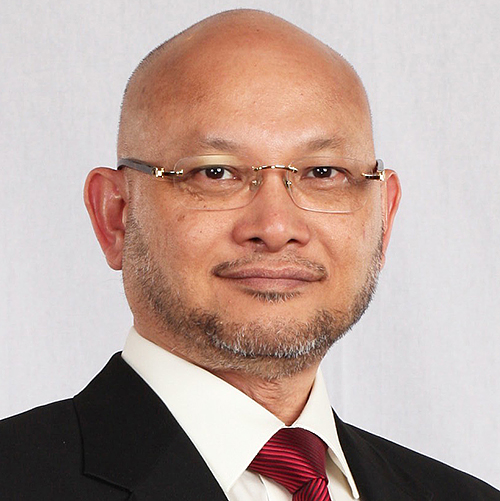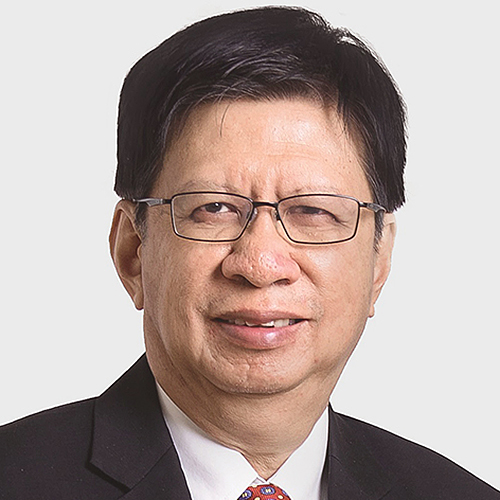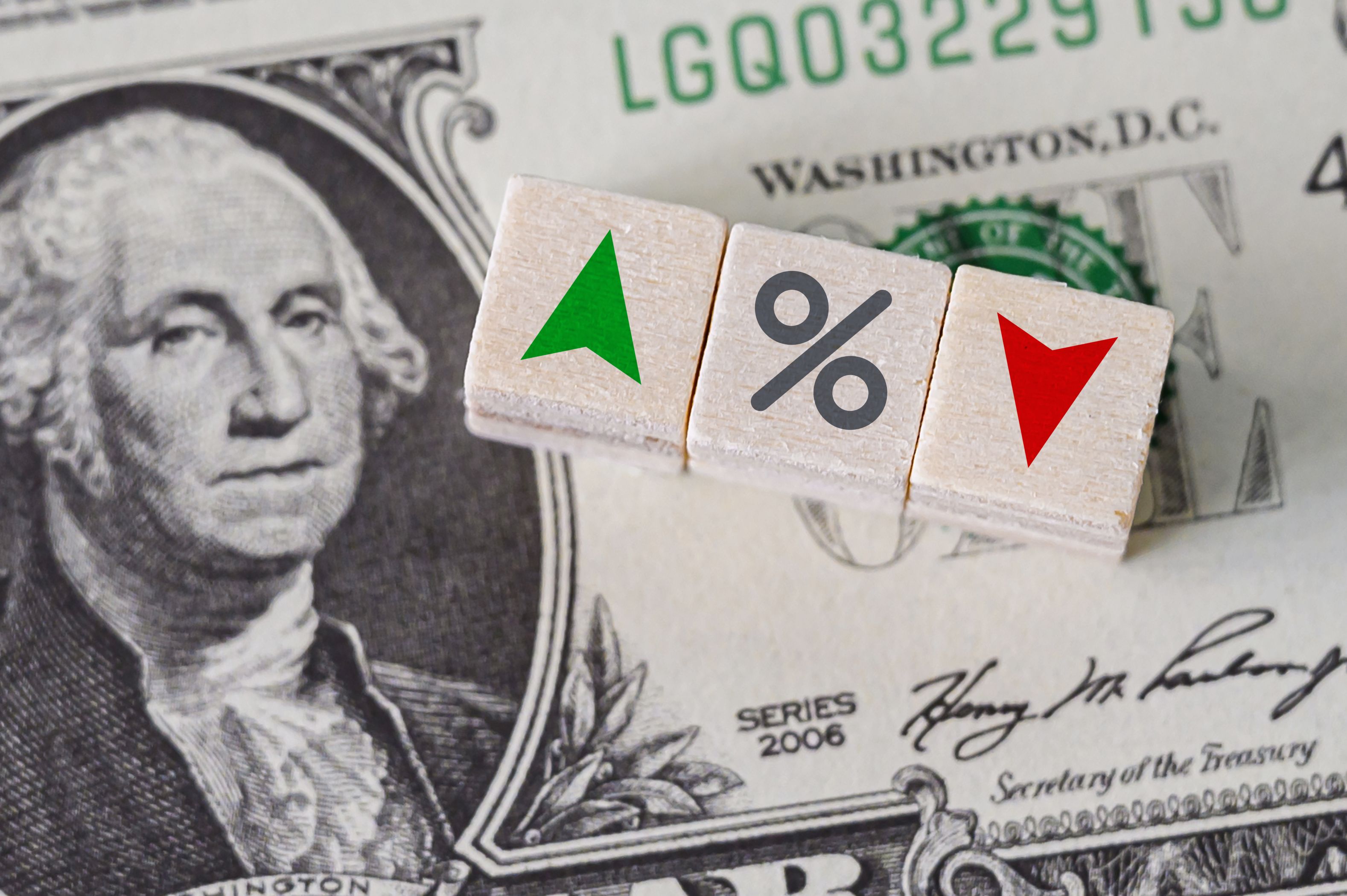Video Production: Ho Yee Wong
Asia has stepped up a gear to be the major generator of wealth in recent years. And China, home to the most billionaires, is driving the growth momentum. Furthermore, despite the market downturn of last year, the ranks of Chinese billionaires are expected to swell as Chinese investors become more sophisticated.
The global billionaire population has increased from 1,440 in 2013 to 2,229 in 2018, and is expected to hit 2,696 in 2023, according to a wealth report by Knight Frank. This momentum is largely driven by Asia.
In 2013, the Asian billionaire population only accounted for 25.20% of the global billionaire population, lagging behind North America, which comprised 32.70% of the total, according to the report. Yet by 2018, the Asian proportion had increased to 35.30%, overtaking the 28.30% emanating from North America.
And China, in particular, drives the growth in billionaires in the region. Over the past few decades, Forbes has been tracking the number of Chinese billionaires. As of March 2019, there are 324 Chinese billionaires, which represents a growth of 1057% compared to 2009.
However, the number is down compared to March 2018 (372), which is no doubt due to the market downturn, especially during the second half of 2018, which reduced many Chinese enterprises’ market value.
Yet in the long run, the number of Asian billionaires is expected to grow. So far, there are 787 billionaires in Asia, according to Knight Frank. This number is expected to hit 1003 by 2023, comprising 37.20% of the total global billionaire population. And China is expected to generate 108 more billionaires from 2018 to 2023, Knight Frank predicts.
So how do the Chinese billionaires - these major wealth generators - manage their wealth? Common belief states that the Chinese love real estate assets. This is supported by the China Urban Household Wealth Health Report issued by China Guangfa Bank this year, which shows that property assets comprise 77.7% of the total Chinese household assets, while financial assets take up just 11.8%.
However, HNWIs in China behave differently. They are generally negative about the real estate market, allocating more assets to the equity market, according to a recent report by Chinese wealth manager Noah Private Wealth Management.
The report shows that real estate accounts for between 11% to 30% of the household wealth of most of the HNWIs in China. But they still look into the REITs space. In fact, over recent years, HNWIs are becoming increasingly interested in the equity market. The secondary market and private equity are among the popular spaces they are looking into, the report finds.
In the meantime, Chinese HNWIs are becoming more sophisticated. The report shows that they are diversifying their assets globally. About 60% of the HNWIs have assets invested overseas, according to the report, and 70% of them are planning to do so.









